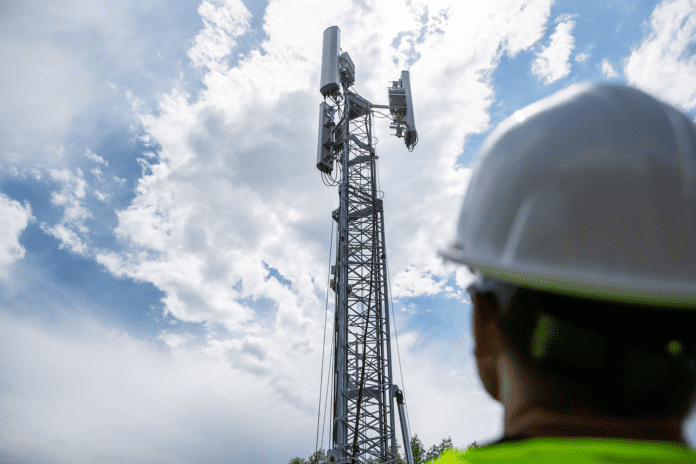Dish 5G won’t be live in a major market until Q3 2021
David Barden, managing director and senior telecommunications equity research analyst at Bank of America-Merill Lynch, on a third quarter earnings call last week asked Dish Network Chairman Charlie Ergen what we’ve all been wondering for some time: “Charlie, on this, you know, this conviction that you have there’s a plan that you guys have that we don’t know that, you know, we’re all gonna be surprised by. If you’re gonna have one major market in 3Q ‘21 and you need to get to 50% of the U.S. population by June ‘23, can you explain to investors how that happens? Convince us that it’s all gonna be OK. Thanks.”
After thanking Barden for the question, Ergen delivered a faltering, buzzword-heavy response that simultaneously conveyed nothing and everything. “We’re building a very modern-architected wireless network for the 21st century. It does three things…We break apart the baseband and the radio so there’s no one company that controls us end-to-end. The network is much more virtualized than current networks. We do a lot with software where people today do hardware. Good analysts can look at, like, you know, we can go into a lot of detail where that is but it’s a lot of software, less hardware. And it’s cloud-native which means the vast majority of the network runs in the cloud. So there’s lots of details behind that but if you can get your arms around that, you’ll probably be in a pretty good space.”
Where to start. First, network functions virtualization is not a novel concept. Beginning in 2015 RCR Wireless News began producing a weekly web show called NFV/SDN Reality Check, and it wasn’t a particularly novel concept then. RAN disaggregation, decoupling hardware from software, allows for a mix-and-match approach to radio equipment providers but, again, not exactly uncharted waters. Rakuten Mobile has built a network that does this, as has Inland Cellular. Vodafone UK is doing it with plans for expansion and Telefónica is eyeing Open RAN across its entire network footprint. As to the details, they’re apparently out there, people keep asking for them and Dish keeps not providing them.
To unpack Barden’s question, the T-Mobile US acquisition of Sprint closed on April 1 and came with a number of riders imposed by the FCC: Divesting Boost Mobile assets to Dish and arranging a seven-year wholesale agreement under which Dish’s customers will have access to the T-Mobile US network. And Dish has until mid-2023 to meet build out requirements for its AWS and 700 MHz spectrum—which has to be for 5G services, not for NB-IoT services as was initially conceived.
More specifically, for each of Dish’s spectrum licenses in the AWS-4 (2000-2020 MHz / 2180-2200 MHz), lower 700 MHz E block and AWS H block (1915-1920 MHz/1995-2000 MHz) bands, Dish has until June 14, 2023 to provide 5G service. That service has to cover at least 70% of the population in each license area for the AWS-4 and E block licenses, and at least 75% of the population in the AWS-H block license areas. However, there’s a caveat: If Dish builds out 5G coverage in those bands that reaches at least 50% of the entire U.S. population by that June 2023 date, then it can have another two years, until June 14, 2025, to get to the 70% or 75% mark in each of the specific license areas. For Dish’s 600 MHz licenses, acquired in the broadcast incentive auction, the 75% build-out requirements were accelerated from June 2029 to June 2025, bringing them in line with the rest of the spectrum licenses at issue.
So how is Dish doing against those rigorous requirements? Back to Ergen: “We’ll have some preliminary, small markets in the first quarter but … it’ll be the third quarter before we have a major market up and running the world can touch and feel a little bit to see what we’re doing. We’re running pretty fast internally. It’s not visible obviously to all our investors or the street. We’re focused on just keep getting the job done. There’s not great forums for us to communicate in the world because of COVID because for us to show you what we’re doing, you’ve really got to see it.”
Here’s the thing, though. All three Tier 1 U.S. operators offer nationwide 5G today. In fact, according to the GSA, by mid-September 101 operators in 44 countries had launched 5G services. People are touching and feeling 5G everyday all over the world. Just not 5G from Dish.

